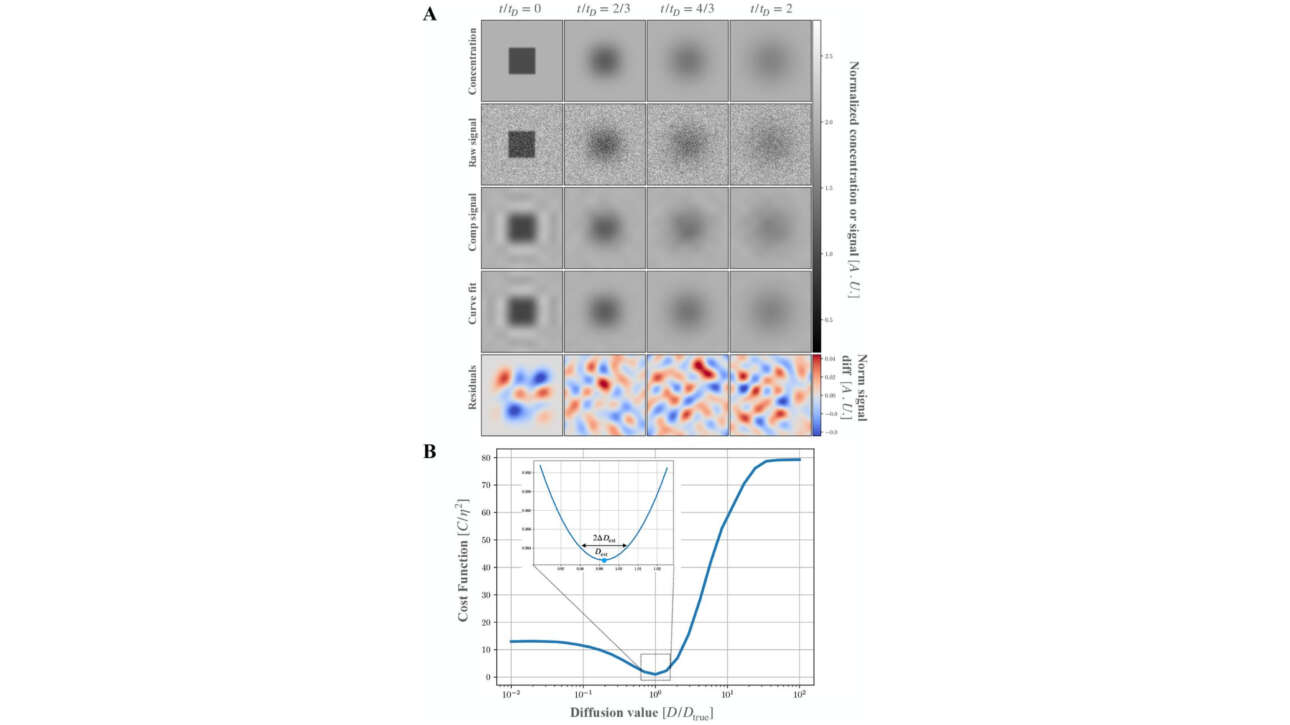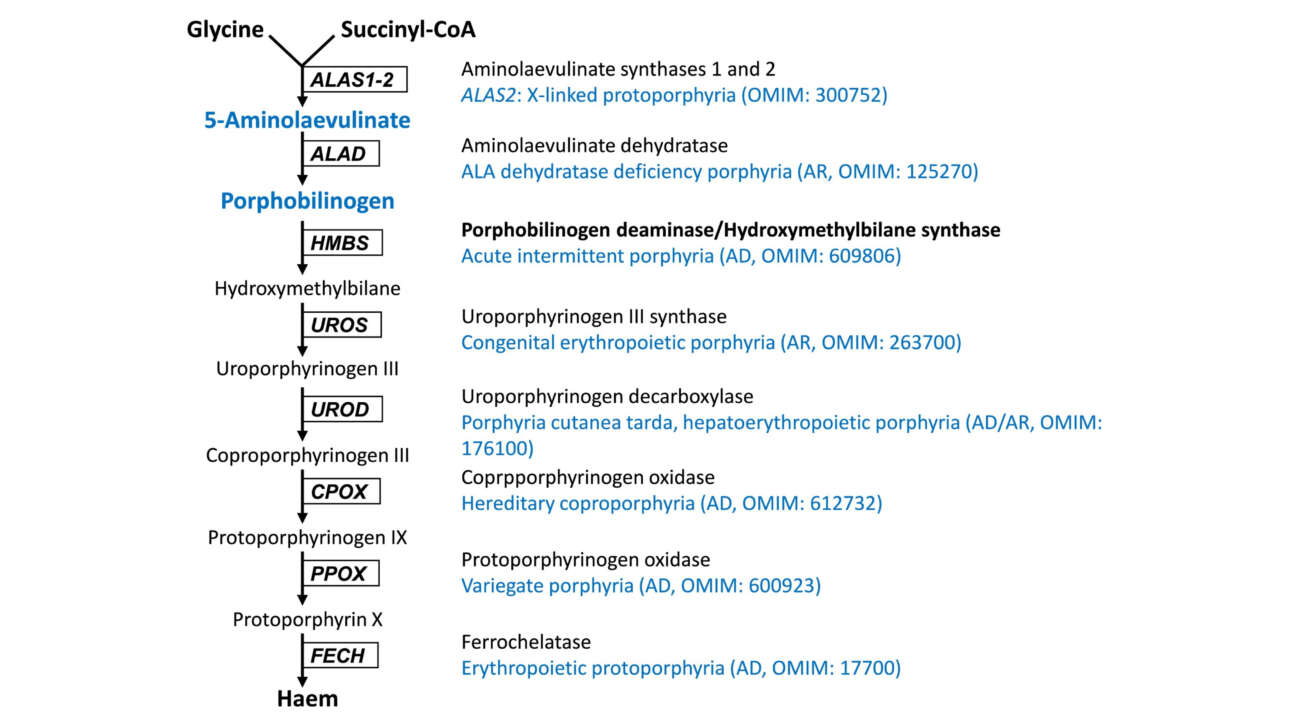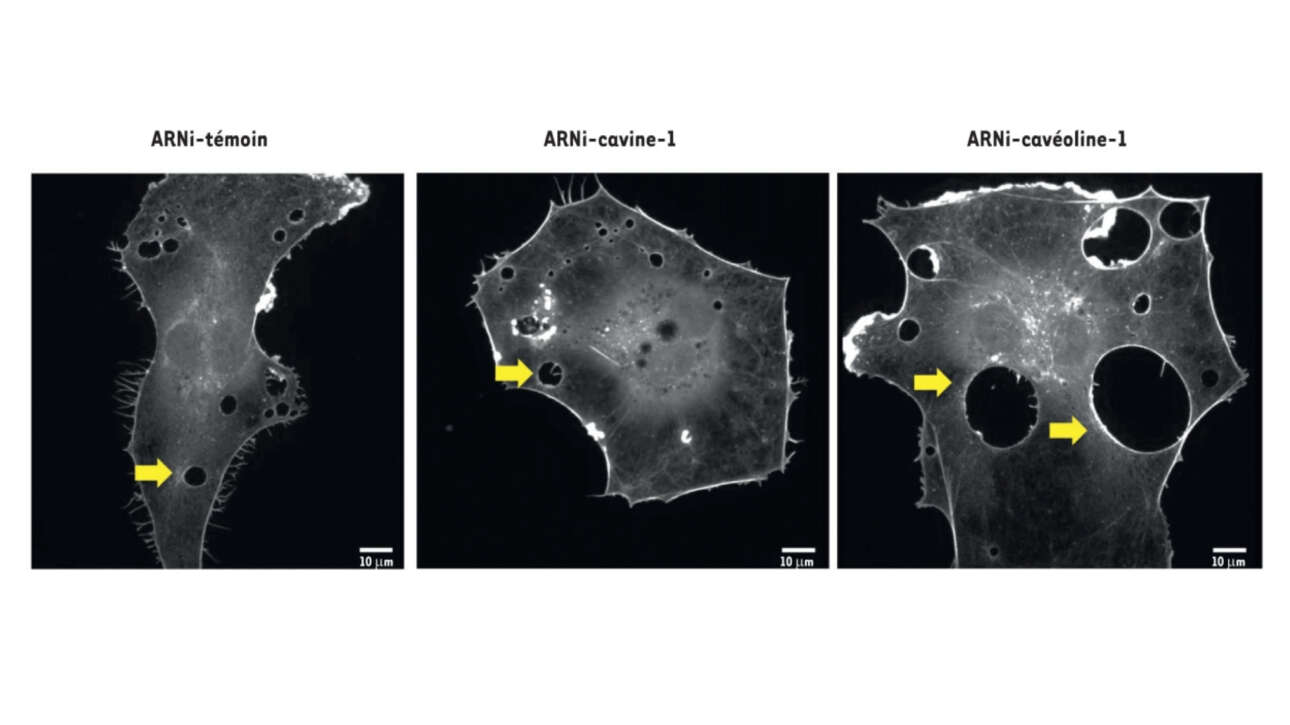L'équipe Greenberg a contribué à la publication d'un nouvel article dans Nature Communications :
UHRF2 mediates resistance to DNA methylation reprogramming in primordial germ cells
Abstract:
In mammals, primordial germ cells (PGCs) undergo global erasure of DNA methylation with delayed demethylation of germline genes and selective retention of DNA methylation at evolutionarily young retrotransposons. However, the molecular mechanisms of…











